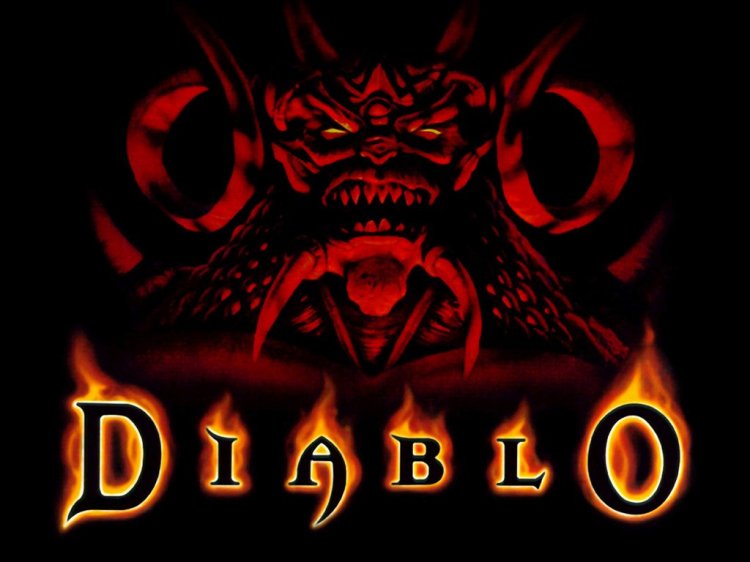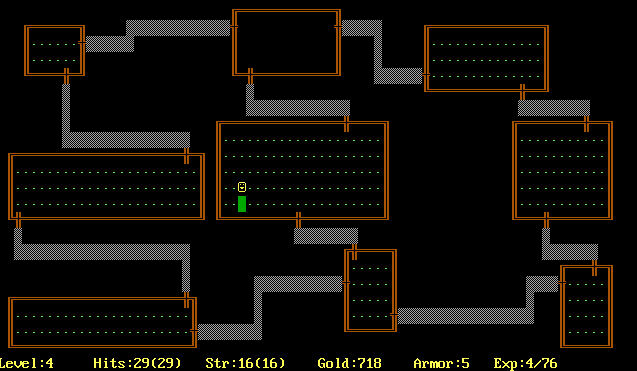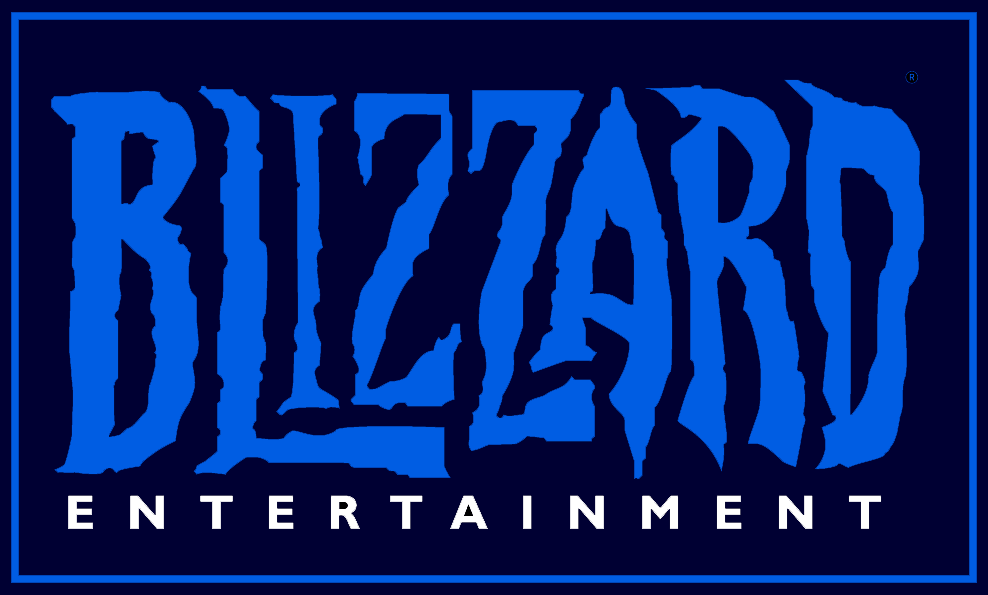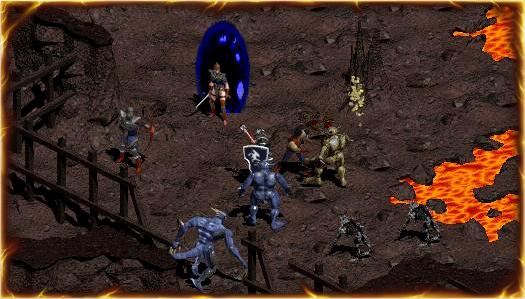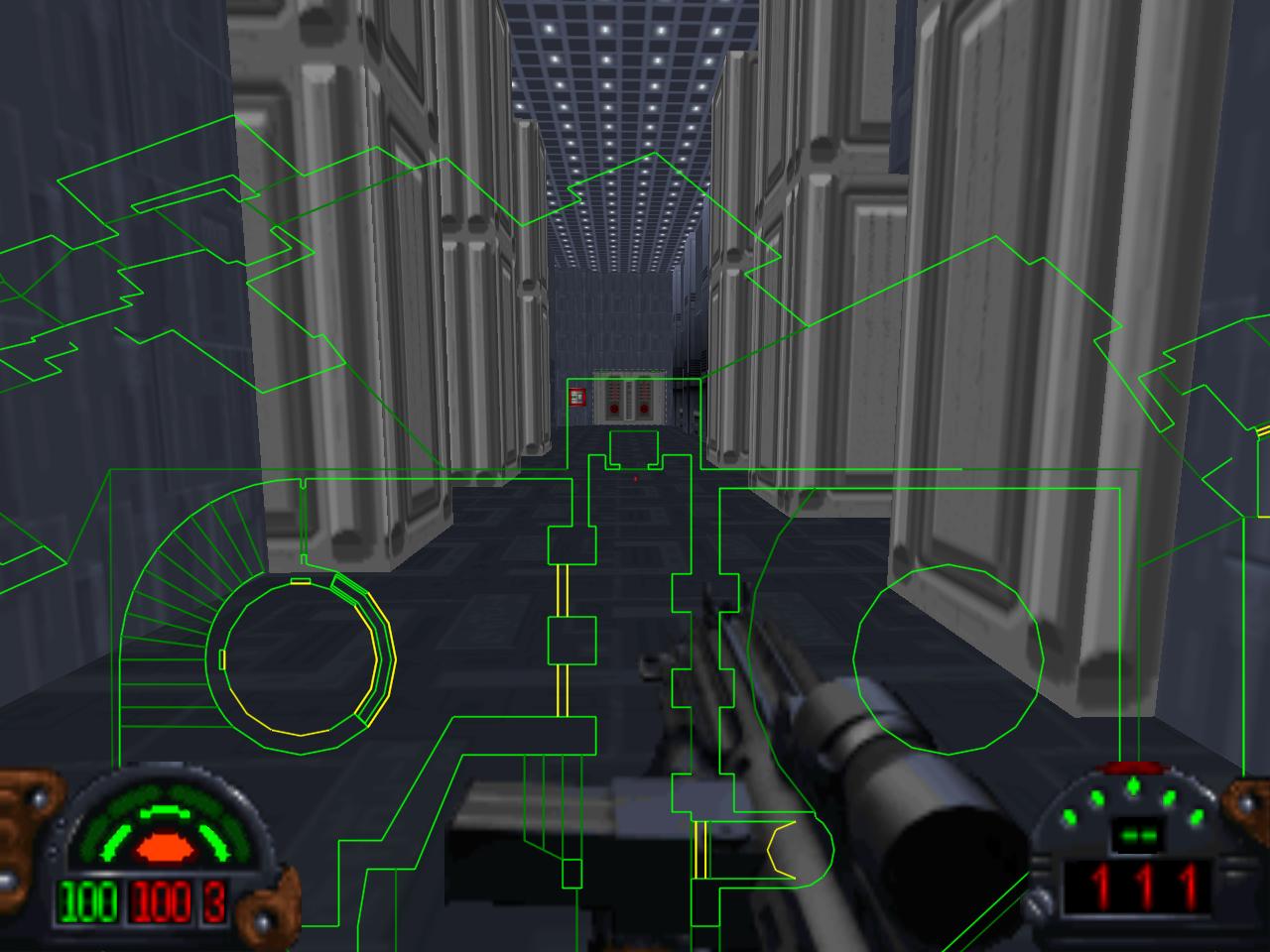This year, the original Diablo turns 20 years old, and its creator talked about the gothic game’s creation during a talk at the Game Developers Conference in San Francisco today.
David Brevik, now at Graybeard Games, was the lead programmer on Diablo, which helped propel action-RPGs into gaming’s mainstream. He also created the original concept. Diablo came out in 1996 and sold more than 2.5 million copies worldwide and started a series that includes direct sequels Diablo II and Diablo III. Combined, the series has sold over 24.8 million copies worldwide. It’s become one of the pillars of Blizzard Entertainment’s market strategy.
Brevik originally thought of the concept while in high school in the San Francisco Bay area. He lived at the base of Mt. Diablo, which was near him. He didn’t know any Spanish, but the mountain inspired the name. Even in high school, Brevik knew he wanted to make games.
“I was fortunate to know from a very early age what I wanted to do,” Brevik said.
His original concept was more party-based and focused on high fantasy. In college, he was inspired by Rogue, which could randomly generate levels and a stricter penalty for death than most games.
He started a company, Condor, the name coming from his time at a clip art company after college. Condor was the code name for the dream project staff members would talk about during lunch. At Condor, Brevik created a design document for Diablo.
The original idea was for a game that was turn-based, only single-player, permadeath, and ran on DOS. It would also work with expansion disks inspired by Magic: The Gathering that would include new items. The art style was supposed to have a claymation-like look. That inspiration came from Primal Rage, which used stop-motion for its character and graphics. Condor quickly realized that it would be too much work to use stop-motion for every character and monster.
In the meantime, Condor made licensed games like Justice League: Task Force for the Sega Genesis. The company went to the Consumer Electronics Show to show off Diablo. They discovered that another developer was showing off a Super Nintendo version of Justice League that they didn’t even know existed. That other company was Silicon and Synapse. It was planning to begin focusing on PC games soon. At the same time, Condor was trying to find someone interested in publishing Diablo at CES, but no one wanted to, saying that RPGs are dead.
Silicon and Synapse soon became Blizzard, and it was working on the first Warcraft. Brevik got to see an early version of the game and thought it was great. Blizzard agreed to listen to Brevik’s pitch for Diablo after it released Warcraft.
Blizzard was impressed, and Condor then signed a contract to make Diablo. It began development as it finished the Justice League game and portable football titles. The graphics were inspired by the original X-Com, which had debuted around that time. Brevik took a screen grab of X-Com and used the same tile-based grid, using the same dimensions as X-Com.
Blizzard tried to convince Condor to move away from turn-based gameplay and instead have the action take place in real time. Blizzard also wanted multiplayer support. Brevik originally resisted the idea, since he was inspired by turn-based games like Rogue and X-Com. However, many of the other members of the studio began to favor real time. They had a vote (Brevik voted for turn-based), and real time won. Although Brevik originally worried that it would take a lot of extra work to switch, he said it only took him three hours to get the game running with real-time combat.
The first time he clicked on a skeleton and his warrior walked over and bashed it, he knew that he had created something awesome. It was the birth of the action role-playing game genre.
However, Brevik noted that the game had budget problems. The contract it signed only gave the studio $300,000 to make the game with a staff of 15 people. The studio took extra contract work to try to make more money. Condor agreed to make a football game for a 3DO system, the N2, that never launched. That contract was for about $1 million.
In late 1995, Blizzard expressed interest in acquiring Condor. However, a bidding war between 3DO and Blizzard soon developed. However, Brevik said they were never really seriously considering 3DO, even though it offered twice as much as money. Brevik felt that Blizzard just understood the game and Diablo more. Condor became Blizzard North.
At the time Blizzard North was making Diablo, the original Blizzard team (Blizzard South) was working on Warcraft II. Blizzard North was also working on a new service for multiplayer called Battle.net. Blizzard South then began working on the platform.
Blizzard North sent out millions of disks of the demo version. This alpha version had a different interface and didn’t have click-and-hold movement yet.
Brevik’s team took inspiration from NHL 95, of all things. Brevik loved how quickly it got people into playing hockey. He also enjoyed the menu interface from Doom. Brevik wanted Diablo’s interface to be simple enough for his mom to play. It was also inspired by the Star Wars first-person shooter Dark Forces and its map overlay, which was more modern than the parchment-like maps most RPGs had.
He also noted that the hot bar, which let players use items by pushing a single button their keyboard, came out in the last three months of the project.
“The end was really, really rough,” Brevik said. He explained that they crunched for around eight months. This was while Brevik’s wife was pregnant, although the baby was born after he had finished Diablo. Brevik noticed that while crunch time gets a bad rap, he thrives under the extended work hours. He said that it brought the development team closer together.
Once Diablo was finished, the studio offered a $100 prize to the first person on staff who could kill the demon. A skill in the game called Blood Exchange could let a player switch health points with an enemy. Someone used the skill to quickly kill Diablo.
Blizzard removed Blood Exchange quickly afterward.
Diablo became a huge hit upon release. It further established Blizzard as a premier game studio, birthed the modern action-role playing game genre, and saw successful sequels with Diablo II and Diablo III.
VentureBeat's mission is to be a digital town square for technical decision-makers to gain knowledge about transformative enterprise technology and transact. Learn More
